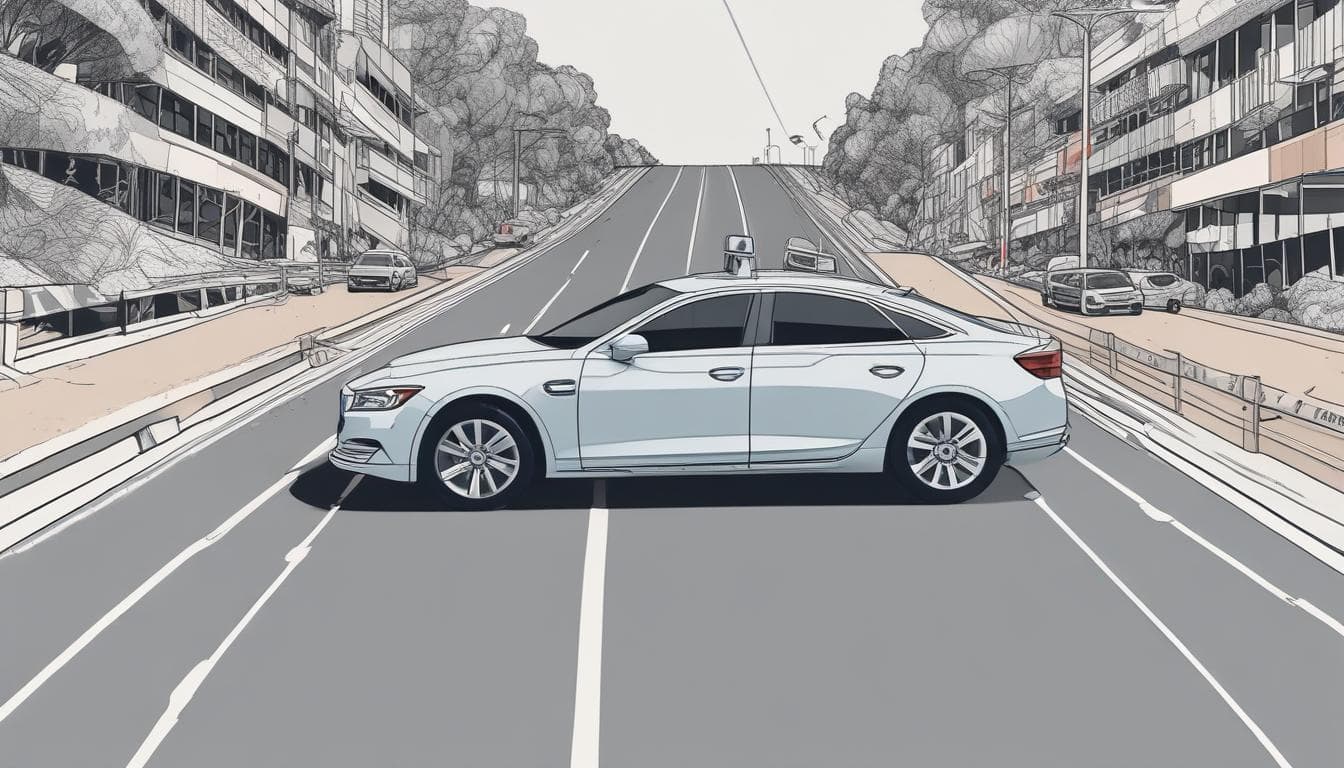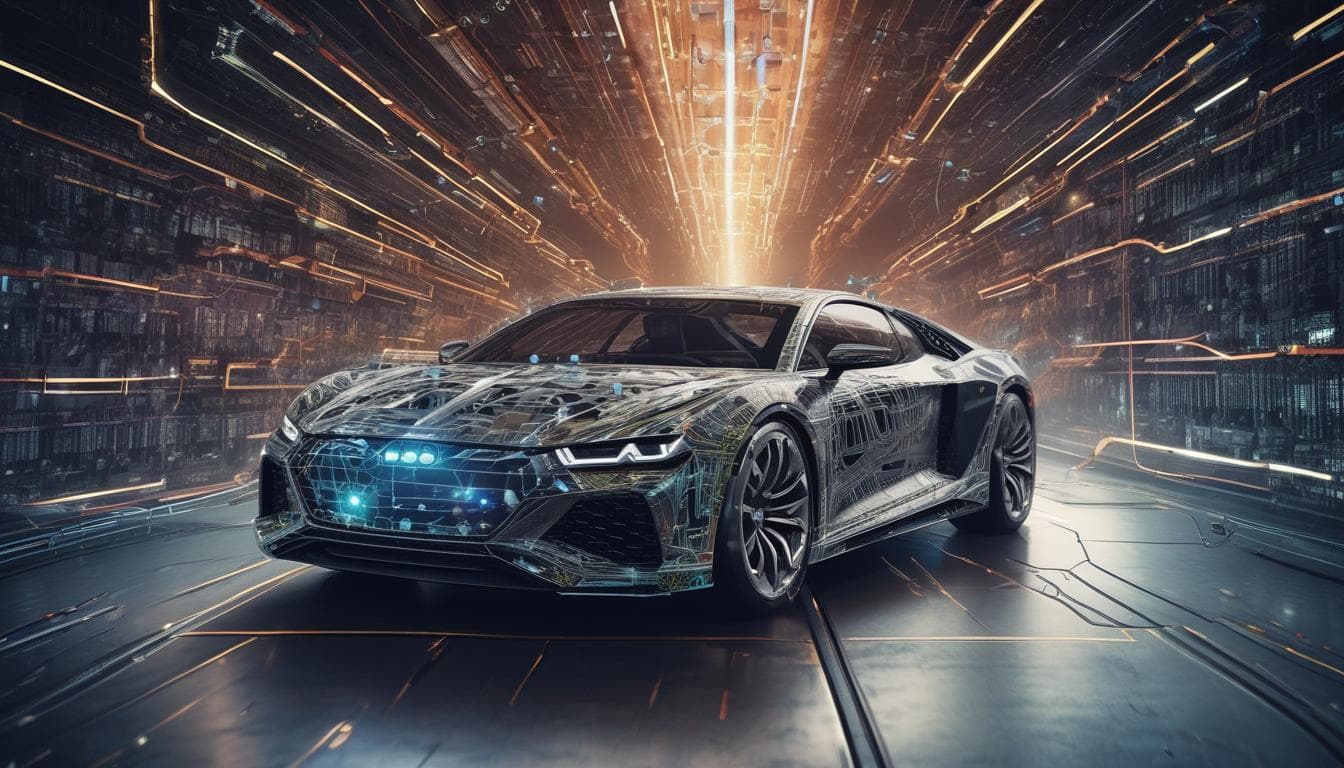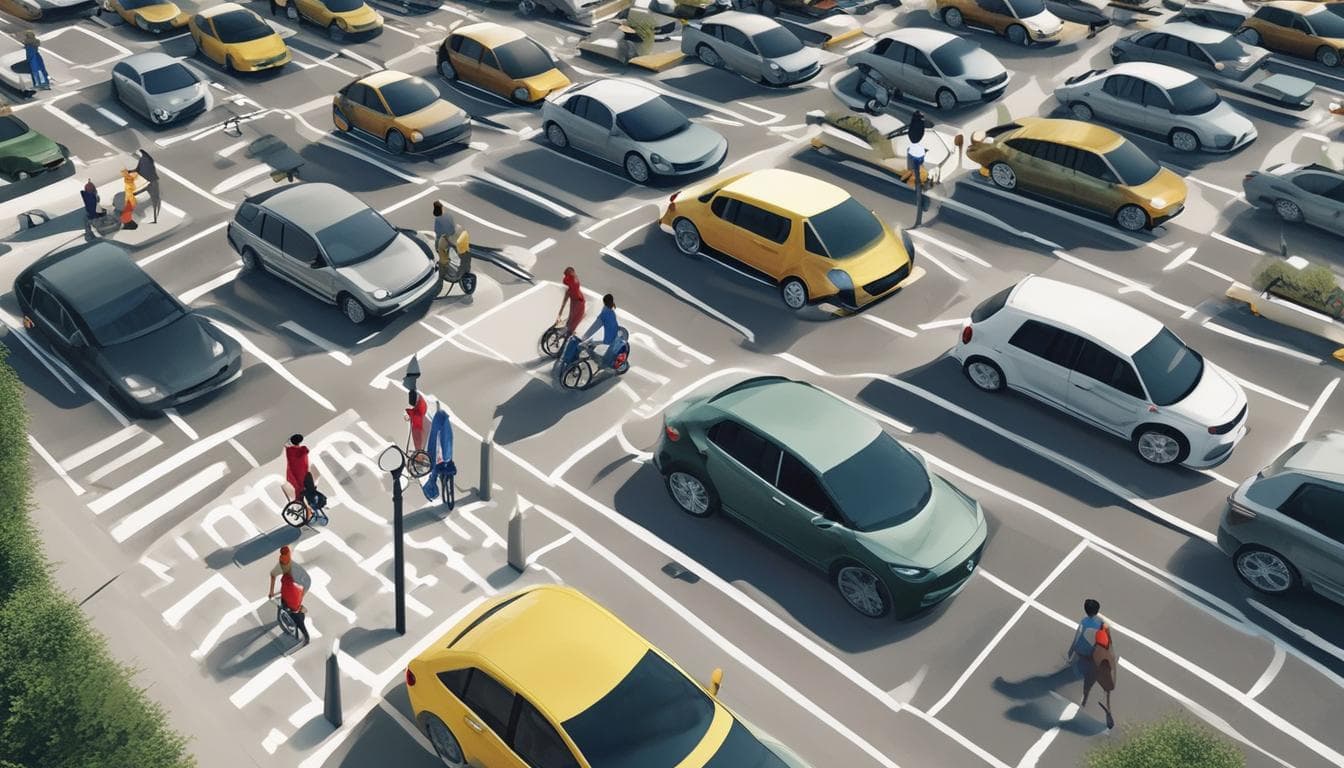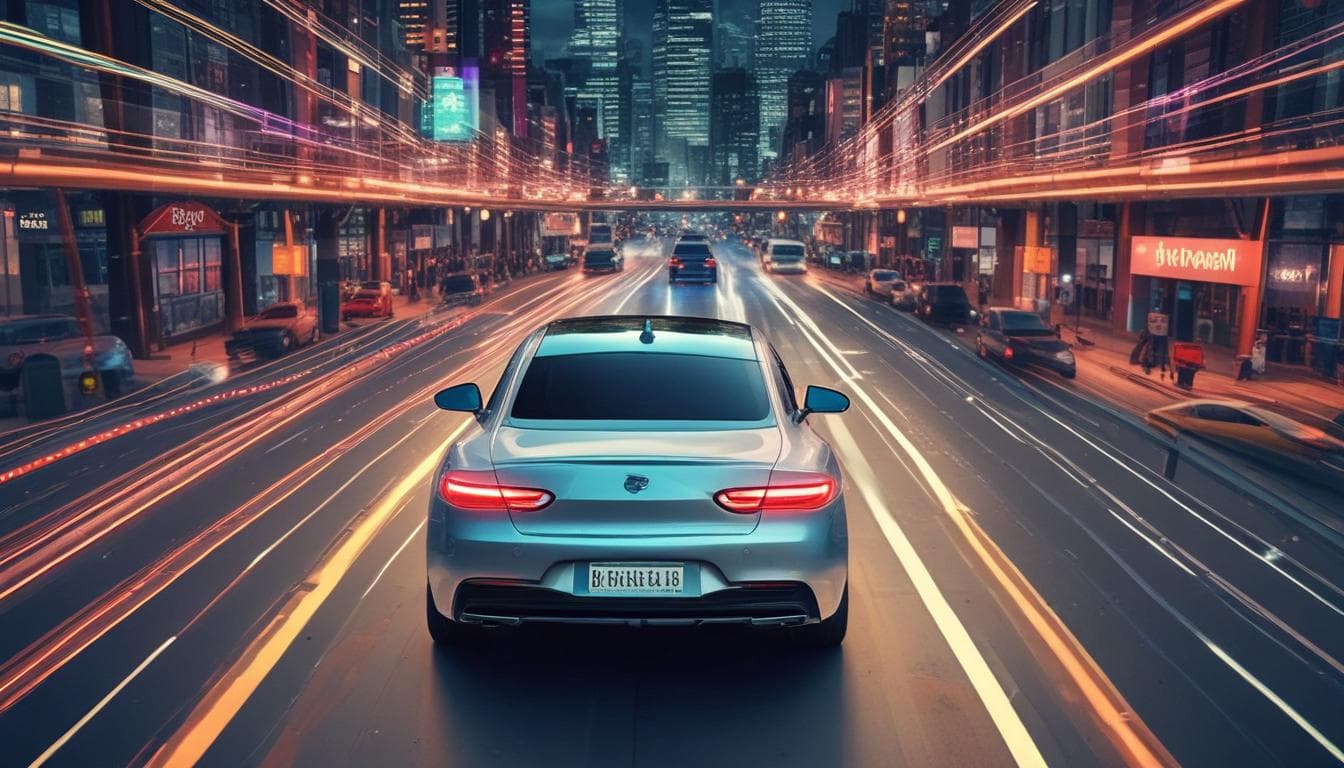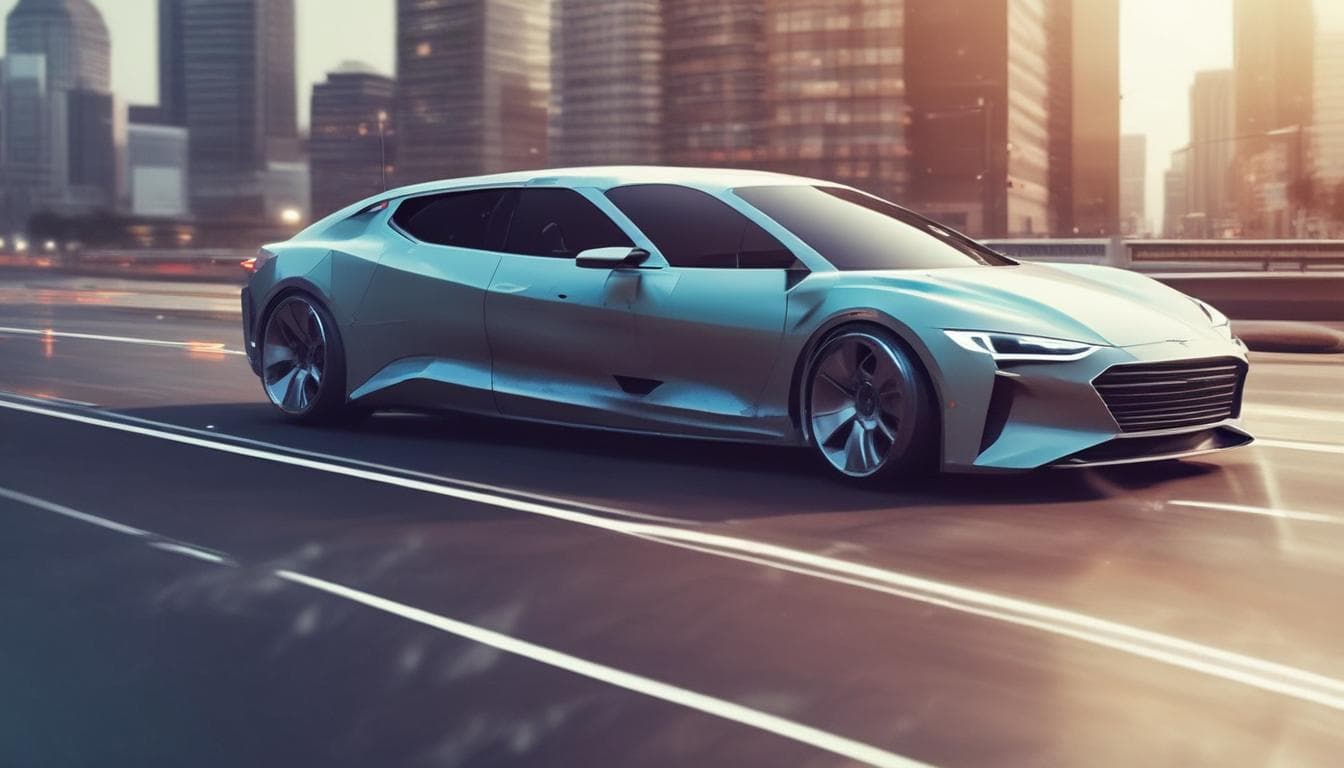As global resources become scarcer and environmental challenges intensify, imagine a future where automotive design is dictated not by luxury or performance, but by extreme sustainability and localized material availability. How might this reshape the aesthetics, functionality, and even the very concept of a 'car' in different regions, leading to radically diverse and unexpected vehicle forms? Will we see cars made from recycled ocean plastic, desert-grown composites, or urban waste, becoming hyper-specialized for their immediate environment?
This is a truly thought-provoking vision, and I wholeheartedly agree that extreme sustainability and localized material availability will fundamentally redefine what a 'car' means. We're moving away from a globalized, mass-produced ideal to something far more adaptive and regionally specific.
Imagine the aesthetics shift: less about chrome and polished steel, and more about honest, raw materials that tell a story of their origin. Vehicles might embody the natural textures and colors of their local environment, celebrating the ingenious use of what's at hand rather than striving for a universal luxury standard. A car in a coastal region could indeed be crafted from durable, recycled ocean plastics, perhaps with a unique, almost organic form that minimizes drag in windy conditions. Meanwhile, a vehicle designed for arid landscapes might feature desert-grown composites, engineered for extreme temperature resilience and minimal water usage in its production. This hyper-specialization would lead to an incredible diversity of forms, each optimized for its specific niche.
Functionality would also be paramount. These vehicles wouldn't just be about transport; they'd be extensions of their environment, perhaps even playing a role in local resource management or energy generation. We could see modular designs that allow for easy repair, component replacement, or even repurposing at the end of their life, deeply embedding the principles of driving sustainability through a circular economy. The focus would shift from planned obsolescence to longevity and resource efficiency.
Consider the impact of advanced manufacturing techniques like 3D printing, combined with the rise of smart materials in automotive design. This would empower local communities to design and produce vehicles tailored precisely to their needs, using locally sourced and recycled inputs. Urban waste streams could be transformed into robust chassis components, while agricultural byproducts could become interior trim. The concept of a 'factory' might evolve into localized micro-manufacturing hubs, fostering community engagement and reducing transportation emissions.
This future paints a picture of vehicles as truly integrated parts of their ecosystems, reflecting the ingenuity and resourcefulness of their creators. It's a challenging but incredibly exciting prospect for the automotive industry.
探索更多相关内容
加入讨论
- 未来汽车:移动的个人艺术馆——探索驾驶体验的艺术升华
探讨未来汽车如何融合数字艺术、氛围灯光、互动体验等,成为“移动的个人艺术馆”。分享您对个性化“移动艺术空间”的创意,以及这种结合对汽车设计、文化和出行方式的深远影响。这是否预示着一个将驾驶体验提升至艺术欣赏层面的全新汽车时代的到来?
- 未来十年,汽车能否成为真正的“移动之家”?
探讨未来十年汽车发展趋势,除了自动驾驶和电动化,还有哪些科技进步能让汽车成为更舒适、智能和娱乐的移动空间?如何改变我们的出行和生活?
- 未来十年,汽车将如何变革为“移动智能终端”?
探讨未来十年汽车行业的发展趋势,聚焦自动驾驶、电动化和人工智能技术对车内体验的重塑,例如个性化娱乐、智能助手和虚拟现实交互等。分析哪些AI技术最具潜力,以及这些技术带来的挑战和机遇。
